When cooking with an outdoor oven, you'll need to make five essential timing adjustments for ideal results. In cold weather, increase your preheating time by 25% and use higher initial temperatures. During peak sunlight hours (11 am-3 pm), position your oven to face the sun directly and adjust every 30 minutes. For rainy or windy conditions, extend cooking duration by up to 30% and guarantee proper coverage. At higher altitudes, add 5-20 minutes per 1,000 feet of elevation. Finally, compensate for cloud cover by increasing cooking time 25-30% when clouds block significant sunlight. These fundamentals will set you up for mastering the art of outdoor oven cooking.
Seasonal Temperature Compensation Methods
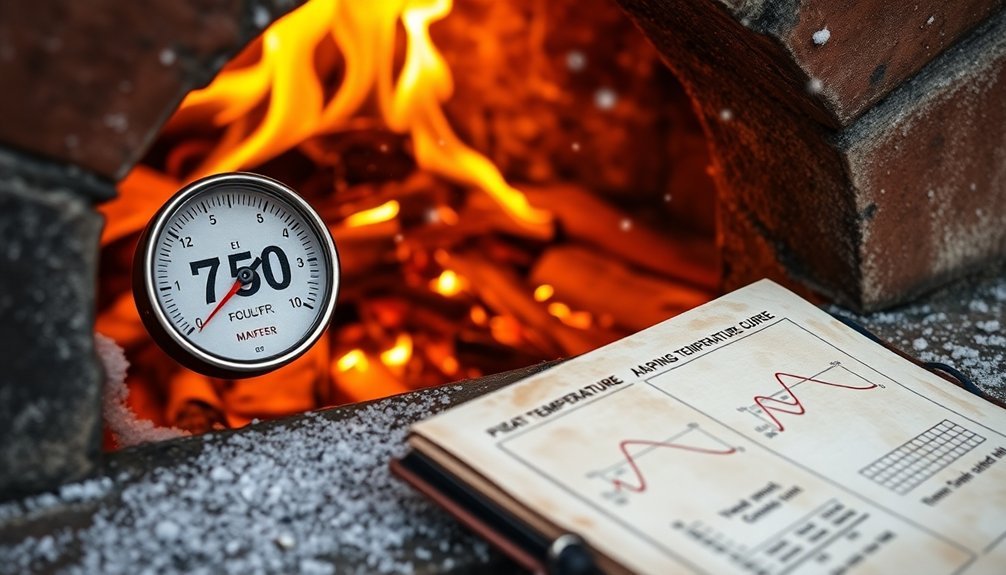
When cooking with an outdoor oven, you'll need to adapt your methods based on seasonal temperature changes to maintain consistent results.
During cold weather, increase your preheating time and use insulating materials to maximize heat retention. You'll also want to set higher initial temperatures and adjust flame intensity accordingly. Monitor food closely since shelf height impacts cooking effectiveness in outdoor ovens.
In hot weather, reduce preheating times and lower oven temperatures to prevent overheating. Install a reliable thermometer to monitor temperature consistency and make necessary adjustments to your cooking process.
Don't forget to use proper insulation like firebricks and baking stones to enhance thermal mass and guarantee even heat distribution.
Remember to rotate your pizzas while cooking and apply the Total Energy Needed formula to calculate accurate cooking times based on seasonal conditions.
This systematic approach will help you achieve peak results year-round.
Solar Position Effect Calculations
Understanding how the sun's position affects your outdoor cooking requires precise calculations and timing. You'll achieve the best results between 11:00 am and 3:00 pm when the sun is directly overhead.
To maximize efficiency, you'll need to reposition your oven every 30 minutes, ensuring the shadow falls directly behind it. Position your oven to face the sun's direct rays, and adjust the reflector flap accordingly. Using dark, non-reflective pots will significantly improve your solar oven's heat absorption and cooking efficiency.
If you're in locations closer to the equator, you'll benefit from more direct sunlight, while northern or southern latitudes require more frequent adjustments. For unattended cooking, orient the oven southward.
You can start preheating as early as 10:00 am, and extend cooking until 4:00 pm for warming purposes. Remember that higher elevations offer more concentrated sun rays for better cooking performance.
Weather Impact Time Adjustments
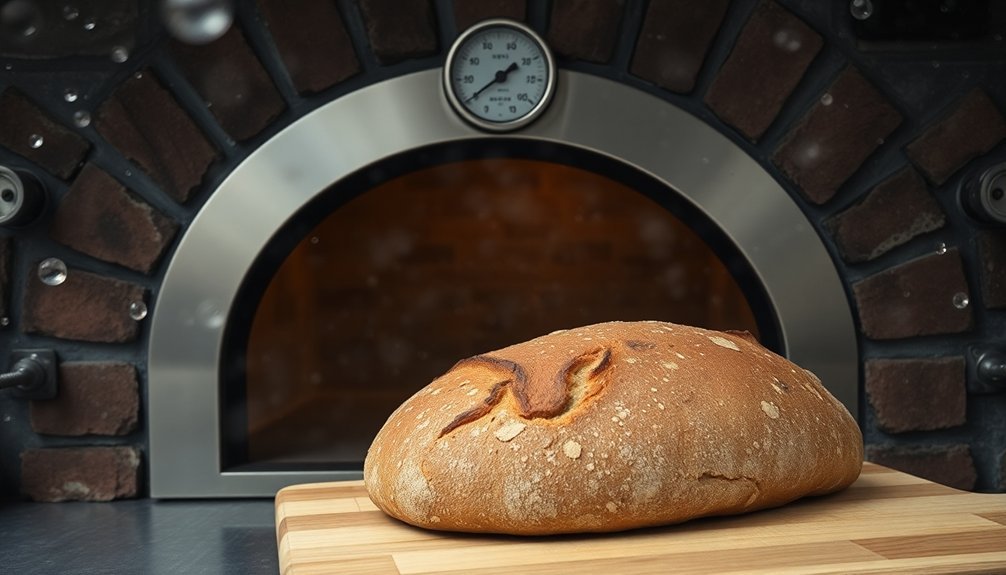
Weather conditions greatly impact your outdoor oven's cooking times, requiring strategic adjustments to achieve consistent results.
During rain or snow, you'll need to extend cooking times as moisture affects your oven's performance, especially if using wood-fired models. Consider using covers or sheltered areas to protect your oven.
High winds can disrupt heat distribution, so you'll want to increase cooking duration and guarantee proper insulation.
In cold temperatures, extend preheating times and monitor internal temperatures closely.
For hot, humid conditions, reduce cooking times to prevent overcooking, and use ventilation to manage moisture levels.
When it's dry, be prepared for faster cooking and check your food more frequently.
Remember to maintain your oven's seals and insulation to minimize weather impacts on cooking performance.
Altitude Based Cooking Modifications
At higher elevations, your outdoor oven's cooking process requires specific modifications due to the unique challenges of altitude. You'll need to adjust for water's lower boiling point and faster evaporation rates, which greatly impact cooking times and moisture content.
| Altitude (ft) | Temperature Adjustment | Time Adjustment |
|---|---|---|
| 3,000-5,000 | -3°F per 1,000 ft | +5-10 minutes |
| 5,000-7,000 | -5°F per 1,000 ft | +10-15 minutes |
| 7,000-9,000 | -7°F per 1,000 ft | +15-20 minutes |
| Above 9,000 | -10°F per 1,000 ft | +20-25 minutes |
When baking breads or pizzas, you'll need to manage dough rise carefully, as leavening gases expand more quickly at altitude. Consider lowering your oven temperature and increasing moisture content in recipes to prevent over-browning and excessive drying. Use a food thermometer to verify proper internal temperatures, especially when cooking meat.
Cloud Cover Conversion Factors
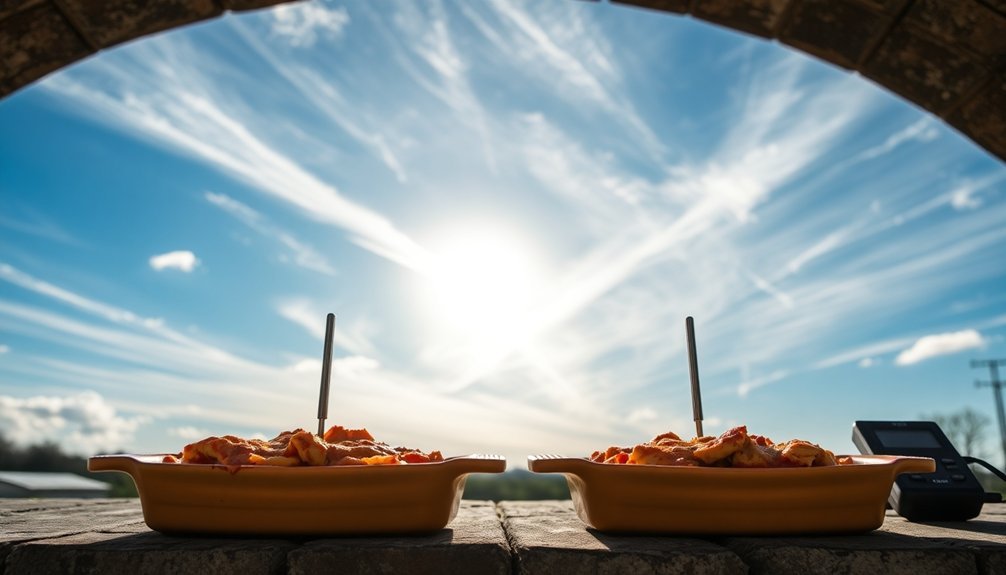
Since clouds can dramatically affect your outdoor oven's performance, you'll need to apply specific conversion factors to maintain consistent cooking results.
When clouds block 30-60% of sunlight, you should increase your cooking time by 25-30% to compensate for reduced temperatures.
You can estimate cloud cover by dividing the sky into tenths or percentages through visual observation. For every 20% reduction in effective temperature due to cloud cover, plan to extend your cooking duration accordingly.
If you're using a solar oven, consider upgrading to evacuated tube designs or enhancing your current setup with additional reflectors made from aluminum-coated mylar or mirror sheeting.
These modifications will help maintain higher internal temperatures during cloudy conditions. Regular testing of your specific oven will help you determine the exact adjustments needed for your local weather patterns.
Frequently Asked Questions
How Does Wind Direction Affect Cooking Times in Outdoor Wood-Fired Ovens?
Your cooking times will increase when wind blows directly into the oven, as it disrupts heat distribution and increases heat loss. You'll need to adjust your timing and use wind shields for better temperature control.
Can Different Wood Moisture Levels Impact Temperature Control in Outdoor Ovens?
Yes, you'll find that wetter wood burns less efficiently, creating temperature fluctuations in your outdoor oven. When you use properly seasoned wood, you'll achieve more consistent heat and better temperature control throughout cooking.
What's the Best Way to Adjust Cooking Times During High Humidity?
You'll need to reduce your standard cooking times by 10-15% in high humidity. Keep checking food frequently, use a convection fan if possible, and consider wrapping items in foil to better control moisture levels.
How Do Nearby Structures Affect Airflow and Cooking Temperatures?
Nearby structures can block airflow and trap heat around your outdoor oven. You'll need to monitor temperatures more closely and may need to adjust cooking times since buildings can affect ventilation and heat distribution.
Should Cooking Times Change Based on Food Placement Within Outdoor Ovens?
Yes, you'll need to adjust cooking times based on shelf position. Items placed higher receive more heat and cook faster, while lower-placed foods cook slower. Remember to rotate your dishes for even cooking results.
In Summary
You'll need to combine all these adjustment factors to get the perfect outdoor cook. Remember to check your local weather forecast, factor in the season and sun position, and make altitude calculations before starting. While it may seem complex at first, you'll soon develop an intuition for these outdoor timing modifications. Keep a cooking log to track your adjustments, and you'll master outdoor oven cooking in no time.

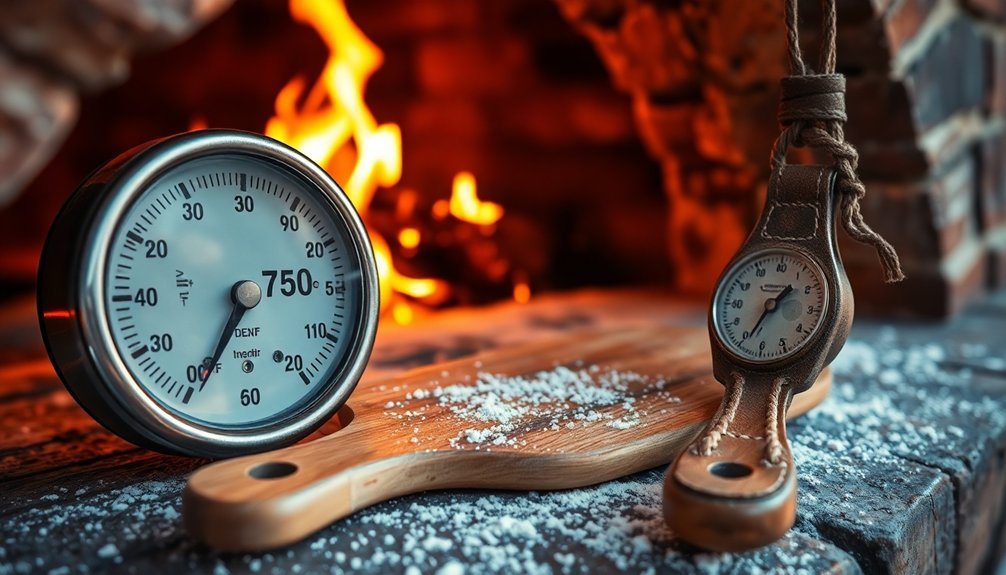
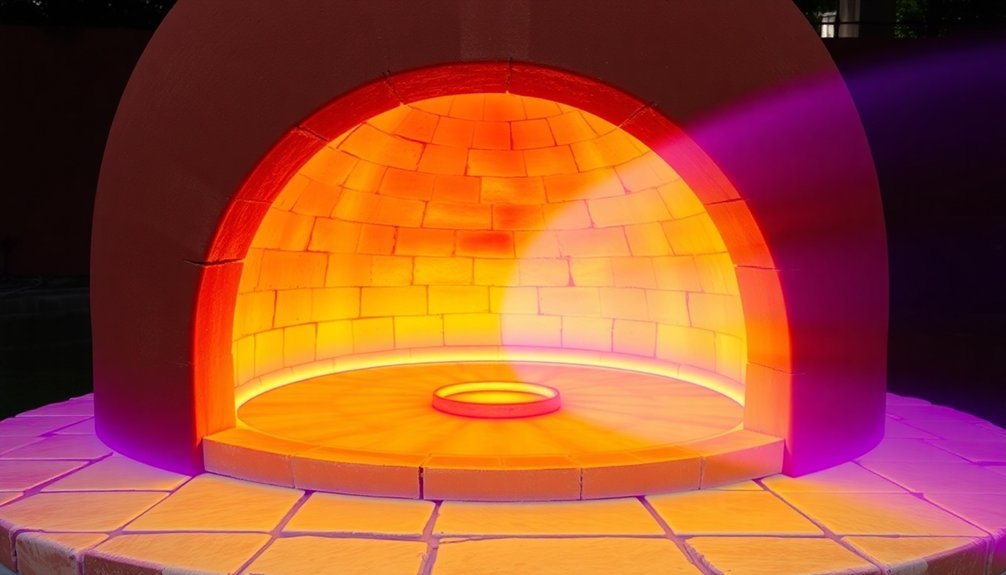
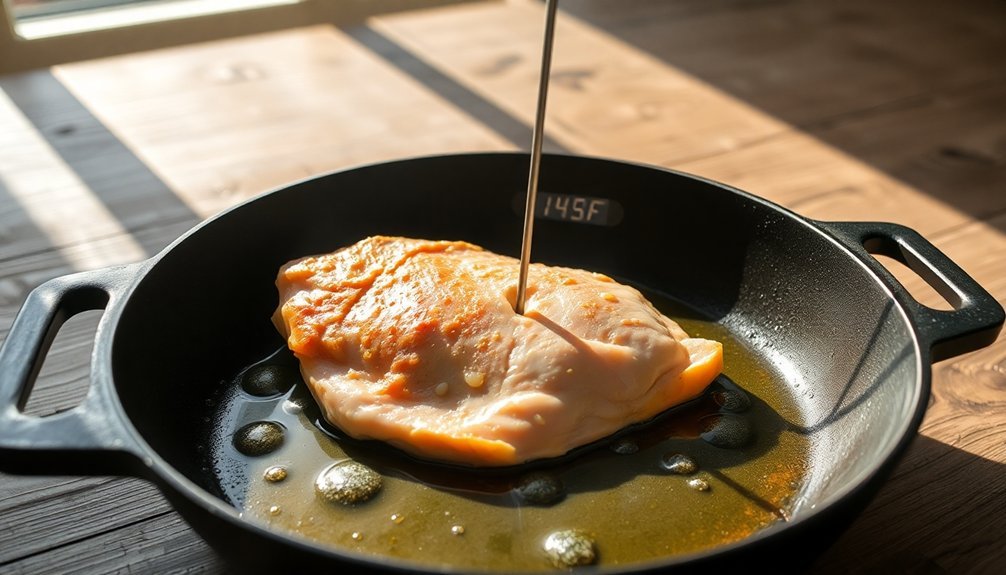
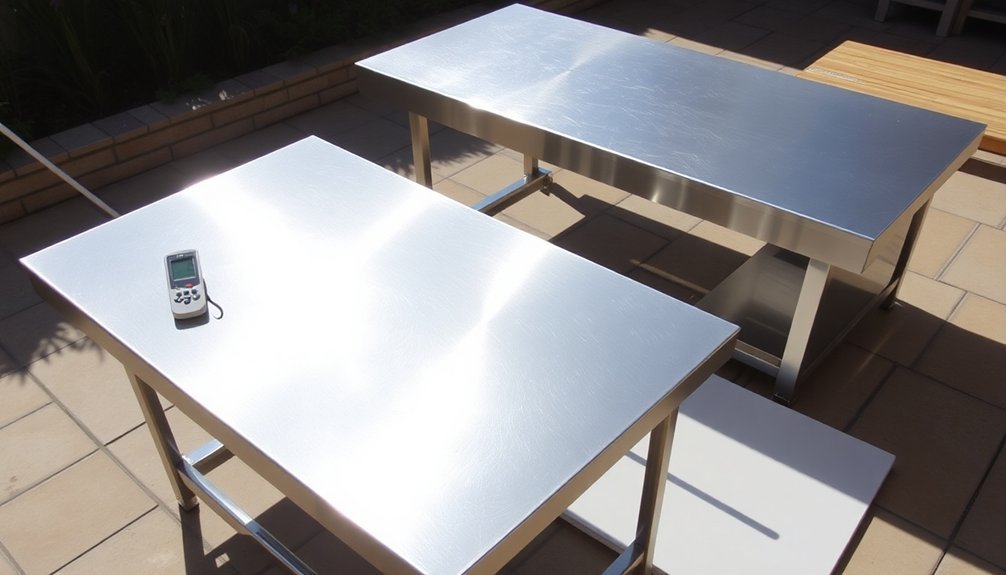
Leave a Reply